3 Ways to Fix This Version of Safari is No Longer Supported
3 min. read
Updated on
Read our disclosure page to find out how can you help Windows Report sustain the editorial team. Read more
Key notes
- If you encounter the browser not supported Safari problem, your browser is out of date.
- Updating is the easiest solution, but if you don’t see an update then you must upgrade the OS first.
- Changing the default browser is advised if your system does not support OS upgrades.
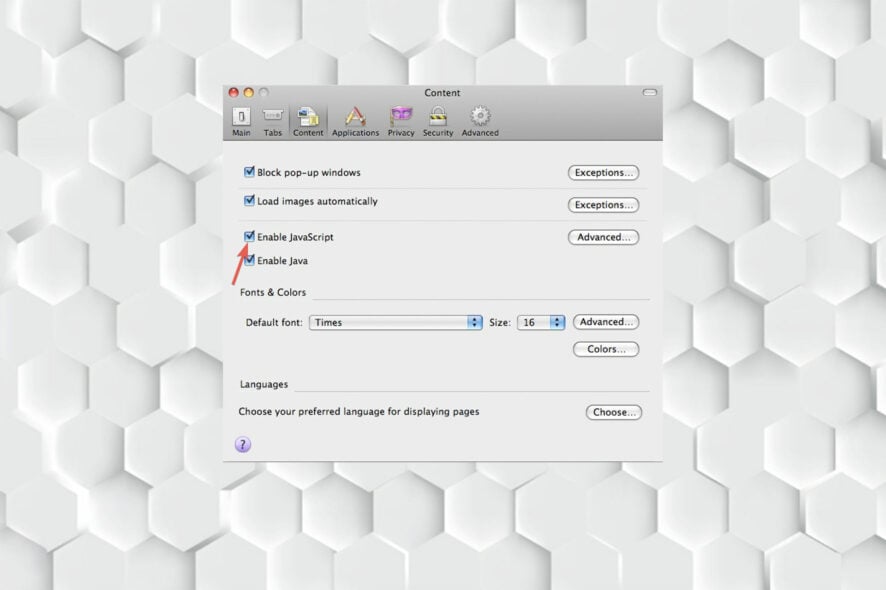
Someday you are trying to visit a website and suddenly you see this message pop up: Browser not supported Safari.
This message may have two culprits, the Safari version, and the website. Older versions of Safari are no longer supported because they are out of date. Although many websites function flawlessly, developers no longer typically test for these versions.
If you are sure that the browser is the issue, here are three fixes that will fix your issue.
What versions of Safari are still supported?
The most reliable and supported version of the app is Safari 12. You might encounter the Browser not supported Safari error if you are using an older version.
Safari 5.1.7 was the most recent version released for Windows, but it is now out of date, and Apple no longer releases updates for the program.
Quick Tip:
If you want an up-to-date browser that offers dedicated support for macOS computers, we suggest you try Opera One as a Safari alternative.
It’s light and secure, with a low error rate. Plus, it has an auto-update feature, so you can benefit from the newest features and implementations with no effort.

Opera
Use Opera’s latest version to open web pages straight away, no errors, no freezing!How do I fix the Browser not supported Safari error?
1. Update the Safari Browser
- Click Software Update in System Preferences.
- Check the option marked Automatically keep my Mac up to date to automatically get macOS and Safari updates.
- Wait for any updates to be installed on your Mac.
In the Safari menu at the top of the screen, you can click About Safari to find out if you have the latest version of the app.
You will be prompted to install update Safari as they are found by macOS, which checks for updates automatically.
But for manual updates, you can follow the instructions above.
2. Upgrade the computer’s OS
- Select System Preferences from the Apple menu.
- Press the Software Update in the System Preferences pane.
- Click Update Now or Upgrade Now.
The app cannot be updated independently for new macOS versions; an OS update is necessary.
For older versions of macOS, you can update Safari without updating a Mac.
3. Enable JavaScript
- Select Safari from the Apple/System bar at the top of the screen.
- From the drop-down menu, select Preferences.
- Select the Security icon/tab at the top of the window.
- Check the Enable JavaScript checkbox under the Web content category.
- Close the dialog box to save your changes.
- Finally, refresh your browser.
JavaScript being disabled is one potential cause of a browser not supported Safari messages.
Can I uninstall and reinstall Safari on my Mac?
Since Safari is a component of macOS, you cannot uninstall or reinstall it in the same way that you would any other app.
You must disable System Integrity Protection through the Console or by using third-party apps to remove Safari.
Change your browser as a workaround if you are still seeing the This version of Safari is no longer supported message after applying the above said fixes.
Given that it is user-friendly and quicker than most browsers, Opera is the best replacement for Safari.
If you still want to use Safari, then replacing your laptop or computer might be the final solution.
In the comment section below, let us know if you were able to successfully fix Browser not supported Safari problem.
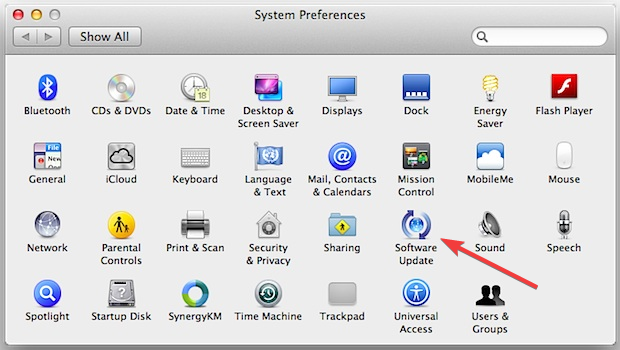
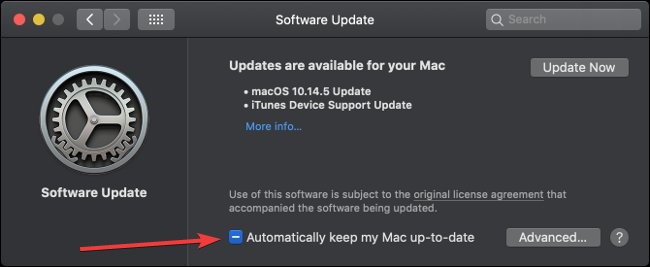
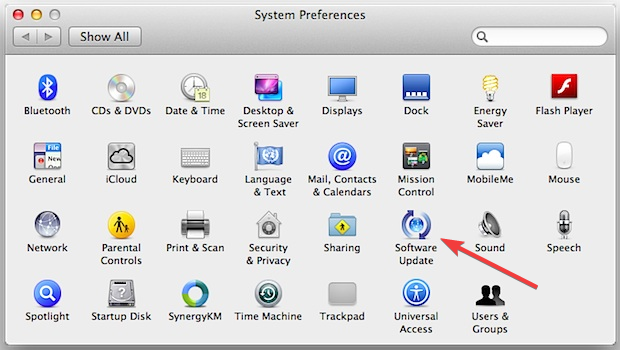
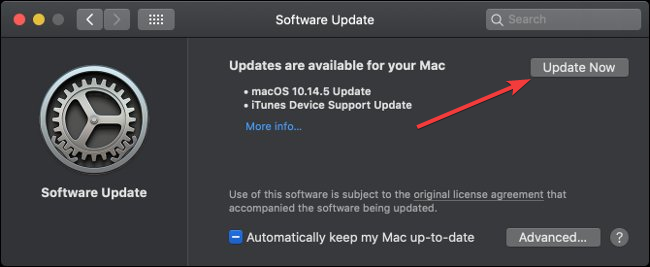
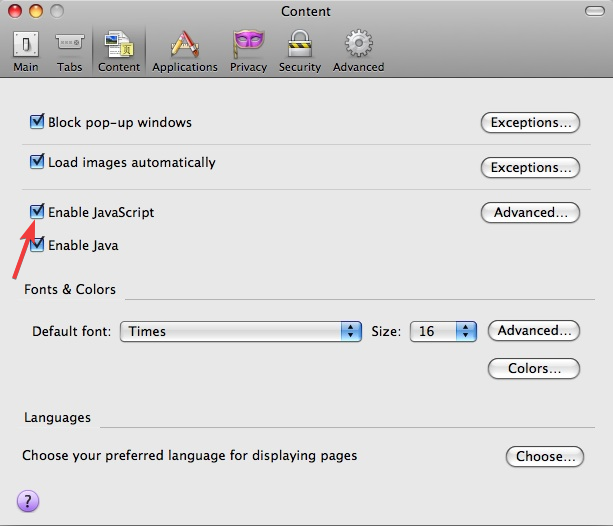


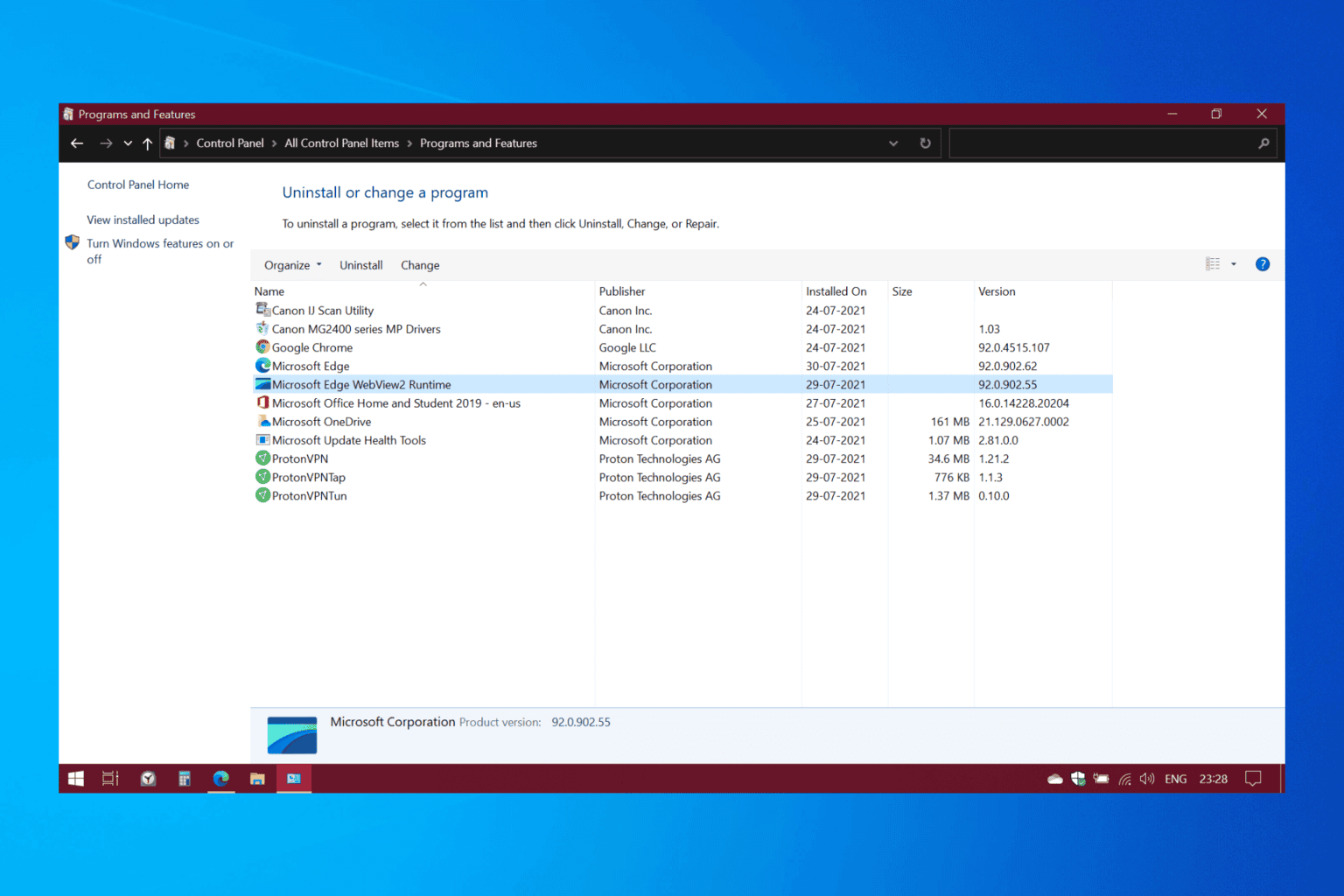
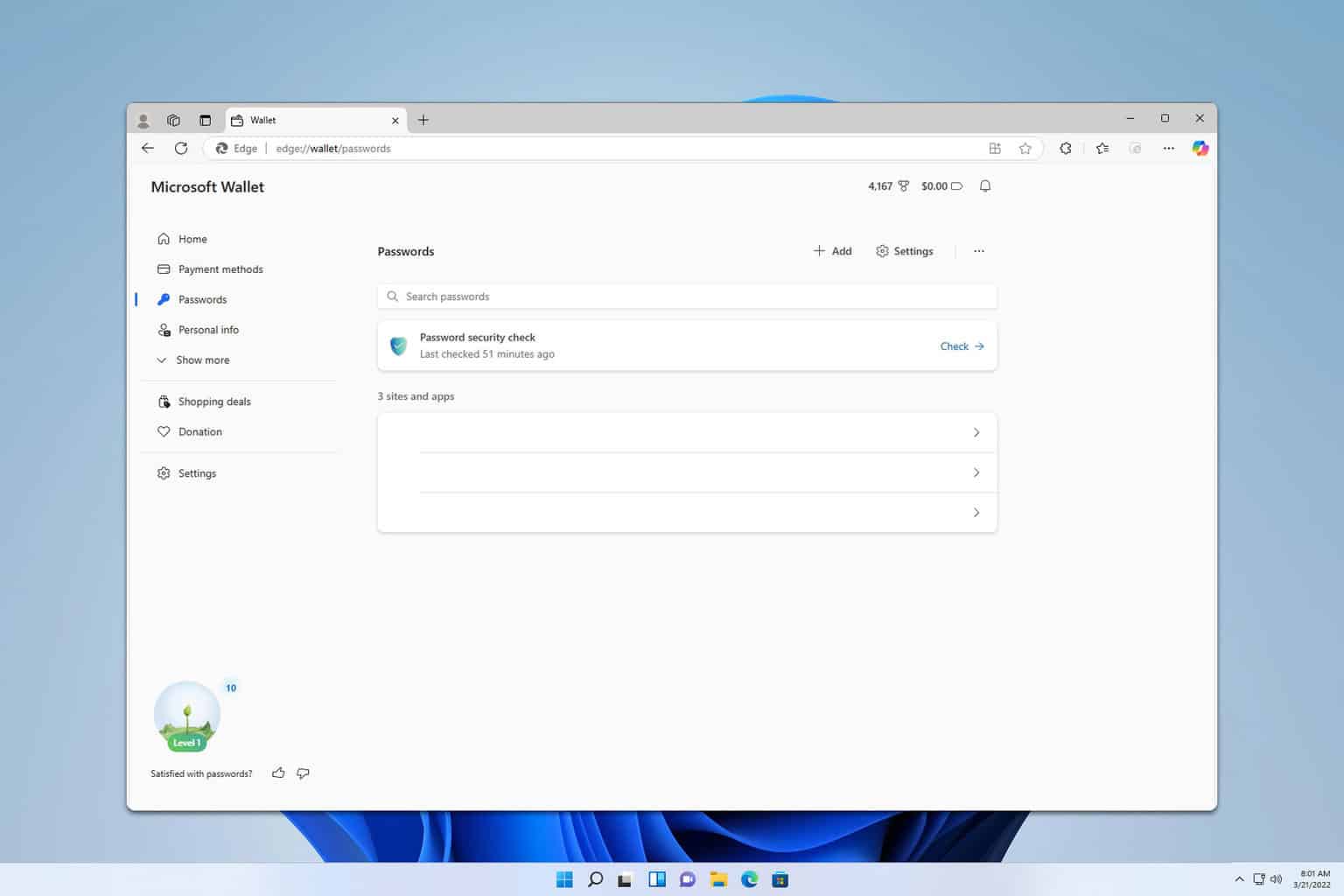
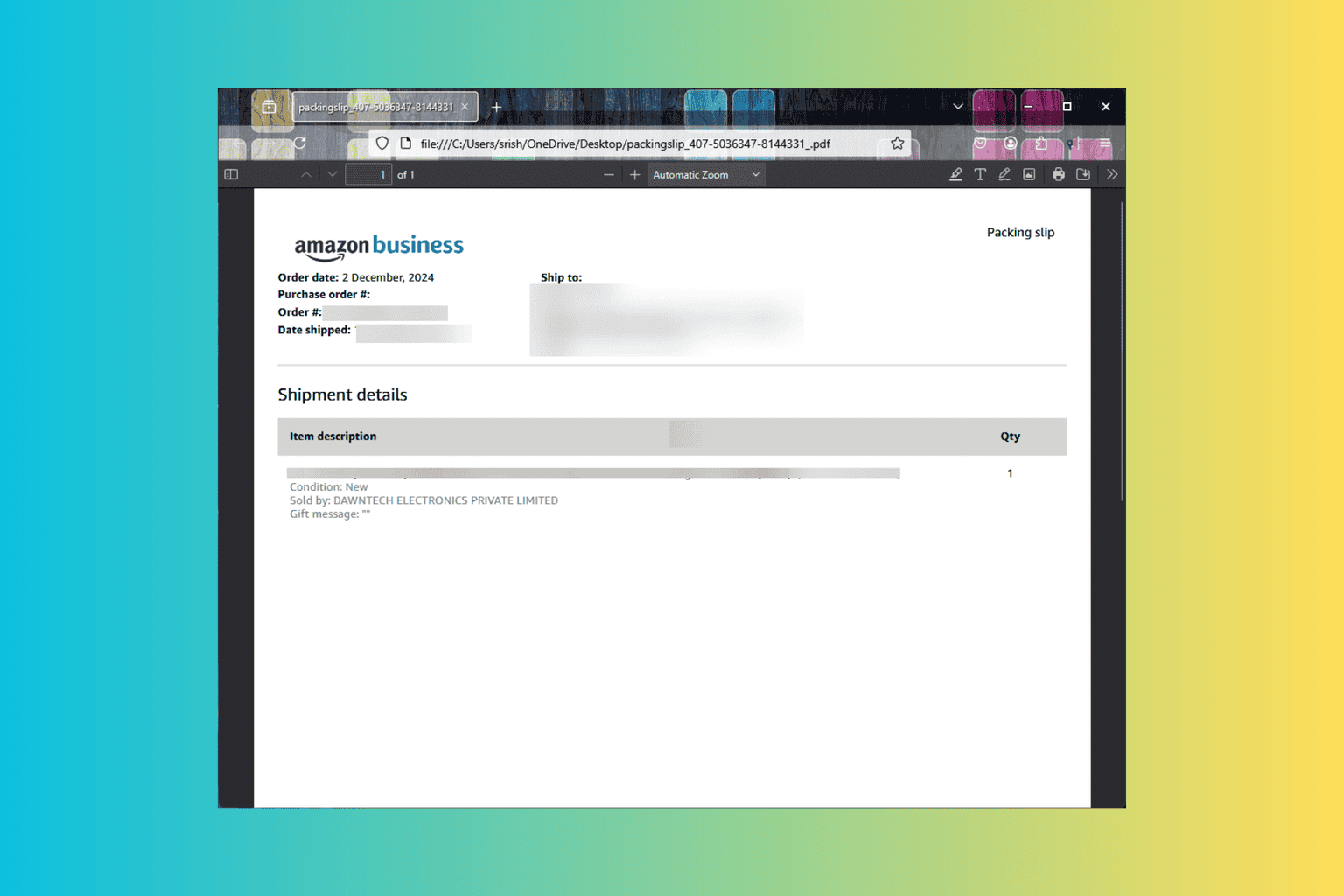


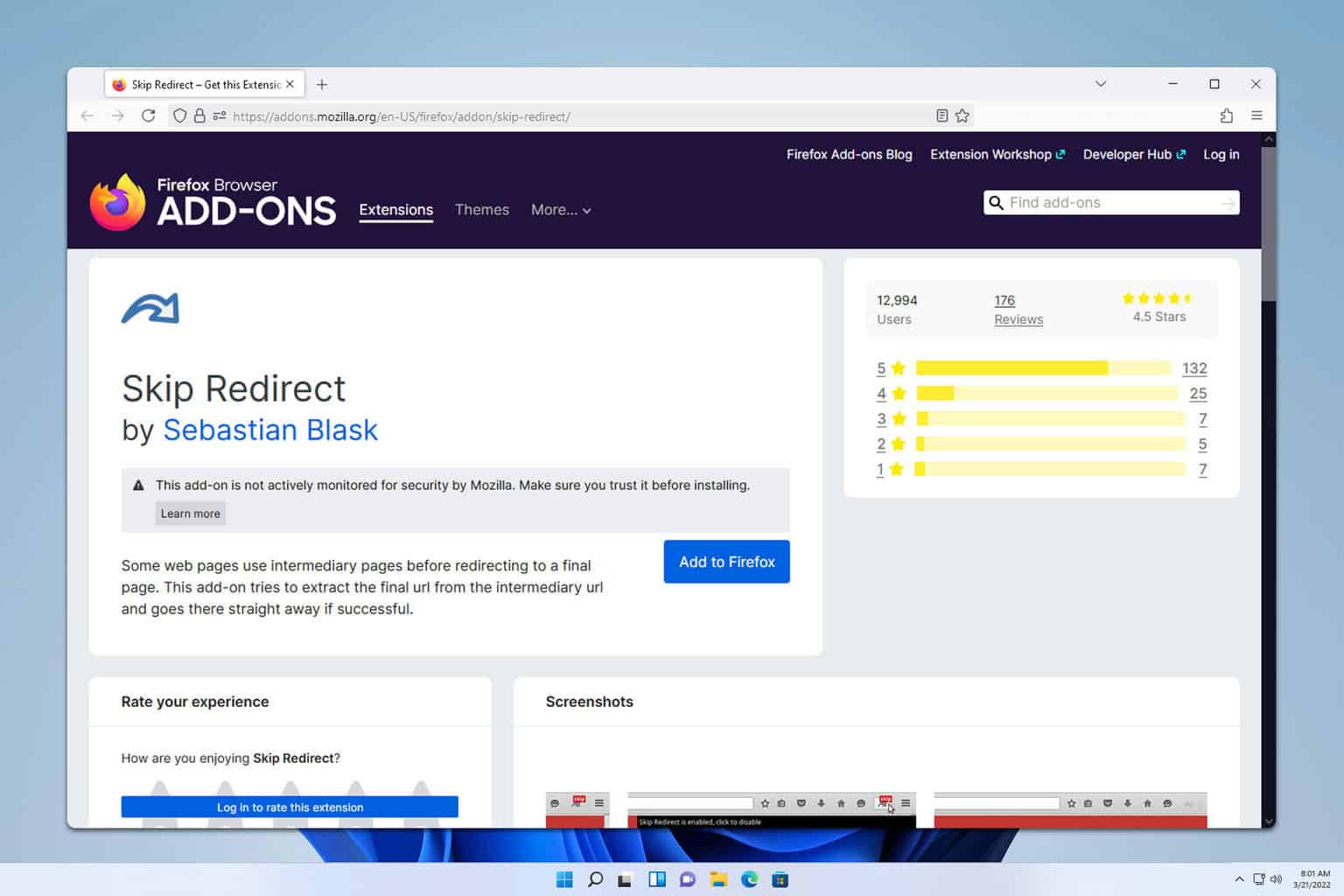
User forum
1 messages